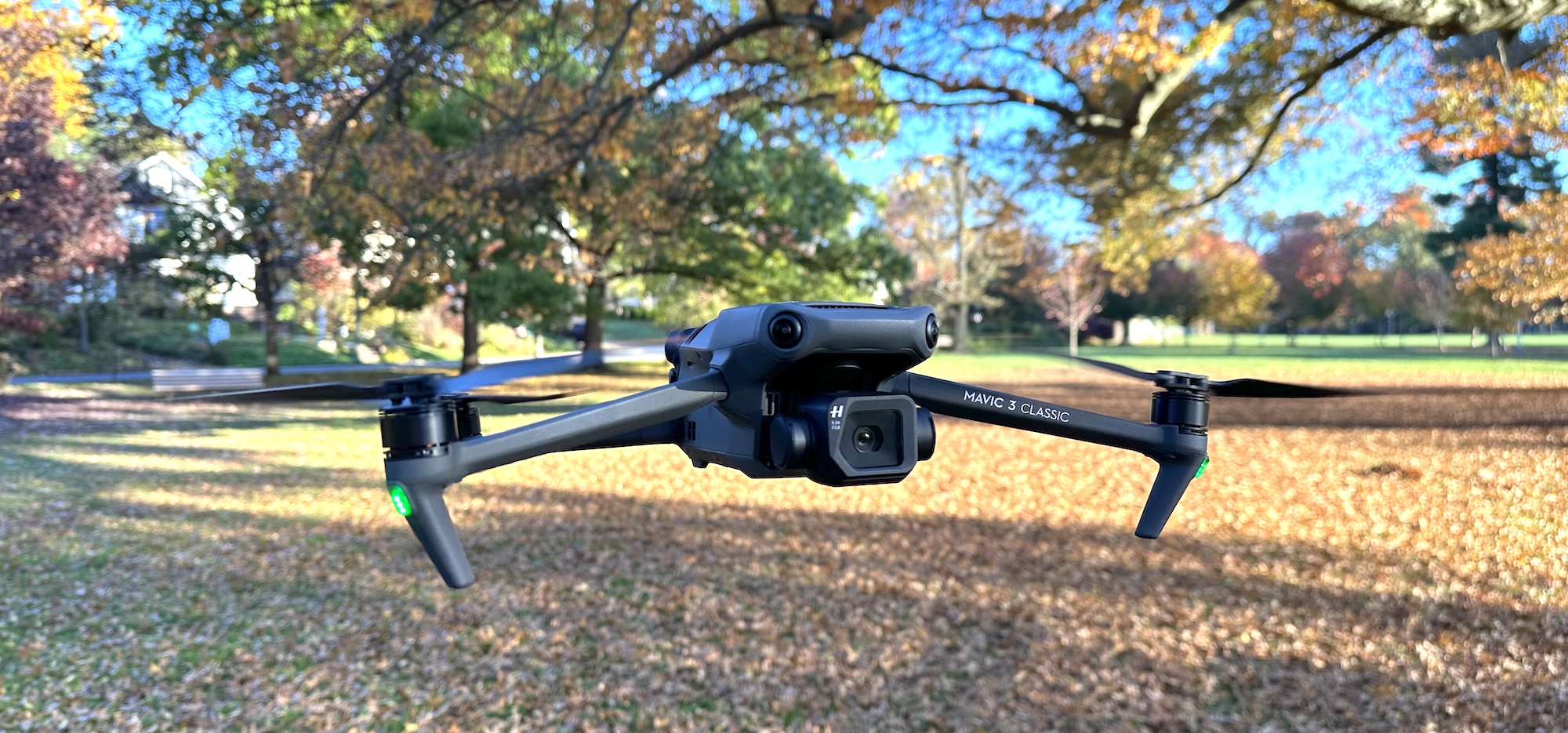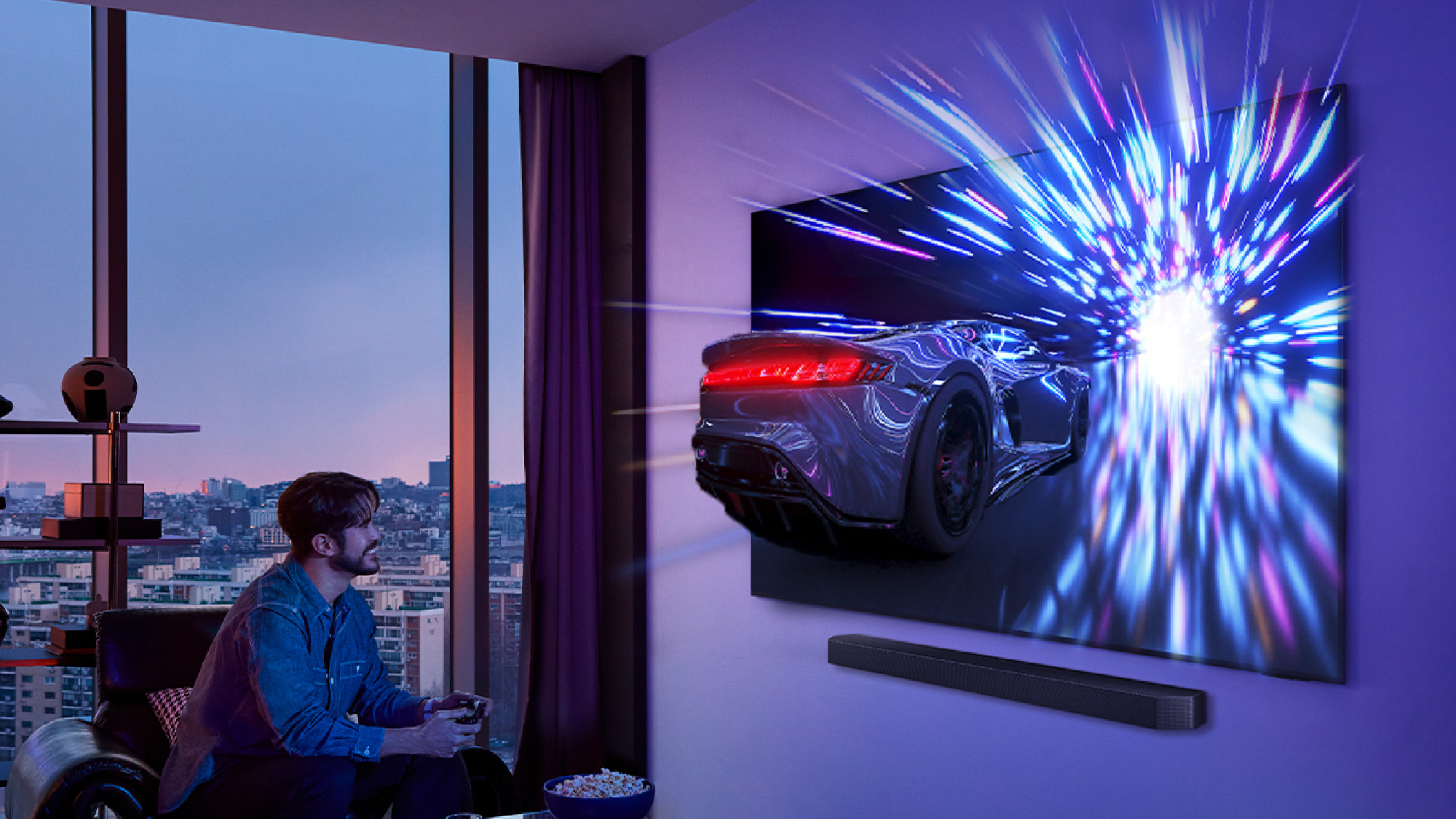Tom's Guide Verdict
The DJI Mavic 3 Classic is a less expensive version of the DJI Mavic 3, but the company has removed the 28x digital zoom and a few other pro features to drop its price by $500. Videographers who don’t need the zoom will still appreciate its large camera sensor, obstacle avoidance, and long flight time.
Pros
- +
Large image sensor
- +
Great obstacle avoidance
- +
Long flight time
Cons
- -
Lacks 28x zoom of Mavic 3
Why you can trust Tom's Guide
The DJI Mavic 3 Classic takes most of what we loved about the DJI Mavic 3 — a 4/3 CMOS sensor, a 46-minute flight time and omnidirectional sensors — and adds a $500 price cut , making this potentially the best drone for videographers who can’t drop two grand on a flying camera platform.
What features do you give up? Most notably, the secondary 28x digital zoom lens. Also missing is the optional SSD and the lack of ProRes video. Are those tradeoffs worth the reduction in price? Read the rest of our DJI Mavic 3 Classic hands-on to decide for yourself.
Ed. Note: Portions of this hands-on were taken from our earlier DJI Mavic 3 review.
Flight time: 46 minutes
Cameras: 4/3 CMOS (20MP)
Smartphone controlled: Yes
FAA registration: Required
Indoor use: No
Rotors: 4 (2 blades per rotor, replaceable)
Size (unfolded): 13.7 x 11.1 x 4.2 inches
Size (folded): 8.7 x 3.8 x 3.6 inches
Weight: 1.97 pounds
DJI Mavic 3 Classic: Price and availability
The DJI Mavic 3 Classic is available as of November 2, 2022. It’s available in a couple of configurations:
If you already have a DJI controller and charger and want to purchase just the drone itself, the Mavic 3 Classic costs $1,469.
The Mavic 3 Classic with a charger and the DJI RC-N1 remote controller — which requires you to use your smartphone as a digital display — is $1,599 / AU$2,399. The Mavic 3 Classic with a charger and the DJI RC remote controller — which has the display built in — costs $1,749 / AU$2,599.
The $649 / AU$799 Mavic 3 Classic Fly More Kit includes two Intelligent Flight Batteries, a Battery Charging Hub (100W), 65W Car Charger, three pairs of Low-Noise Propellers and a DJI Convertible Carrying Bag..
By comparison, the Mavic 3, which went on sale in the fall of 2021, costs $2,049 in the US for the drone and the RC-N1 controller. The $2,849 Fly More combo throws in three batteries, a charging hub, a set of four neutral-density filters, a spare set of propellers and a carrying bag.
The DJI Mavic 3 Cine Premium Combo ($4,999) comes with a variant of the Mavic 3 Classic that supports Apple ProRes 422 HQ video, and has 1TB of onboard storage. This package includes everything in the Fly More combo, but adds another four ND filters, and swaps out the standard remote for the DJI RC Pro, which costs $1,199 when sold separately.
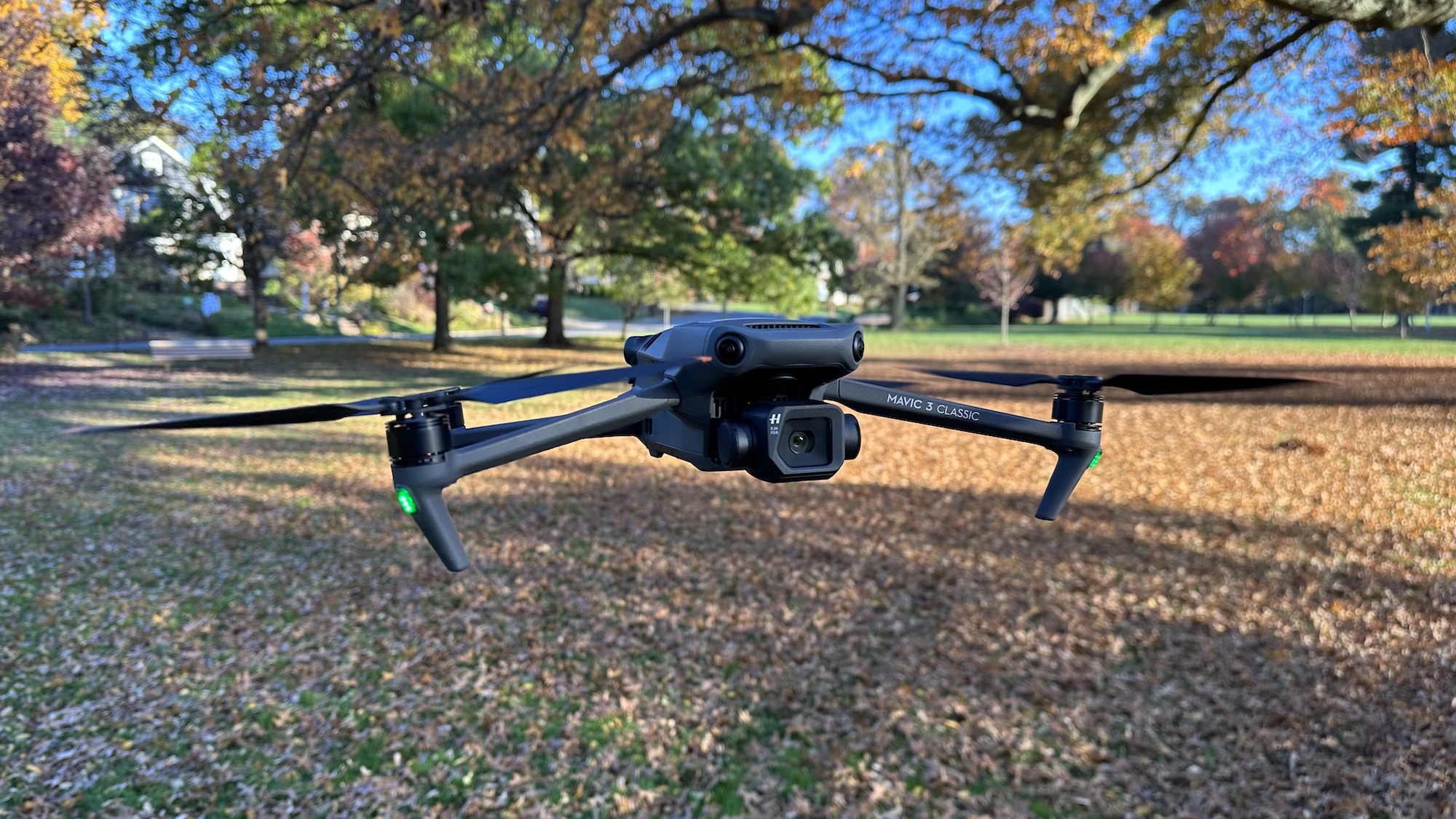
DJI Mavic 3 Classic review: Design
The Mavic 3 Classic looks identical to the Mavic 3, with one exception: There’s no secondary lens above the primary camera. The Mavic 3 Classic has four arms that fold out from its body, which makes carrying the drone a lot easier. The battery slots into the rear of the drone; just above the battery compartment is a USB-C port and a microSD card slot; while the Mavic 3 Classic has 8GB of internal storage, you’ll want to add your own card.
Like all of DJI’s drones, the Mavic 3 Classic comes in a gray paint job. It’s a shade or two darker than its other drones, and that makes the drone harder to see when it’s up in the sky. How about a little color, DJI?
Apart from the camera, there are sensors on the front, back, top, bottom, and sides of the drone to keep it from crashing into things. (The DJI Air 2S, by comparison, lacks side-view sensors).
When folded, the Mavic 3 Classic, which weighs a hair under 2 pounds, is a little larger than an Italian hoagie with extra salami and mozzarella. Not as delicious, though.
It’s significantly larger and heavier than the DJI Air 2S, which is more like half a sandwich from Subway.
Because the Mavic 3 Classic goes well past the 250-gram threshold, it needs to be registered with the FAA.
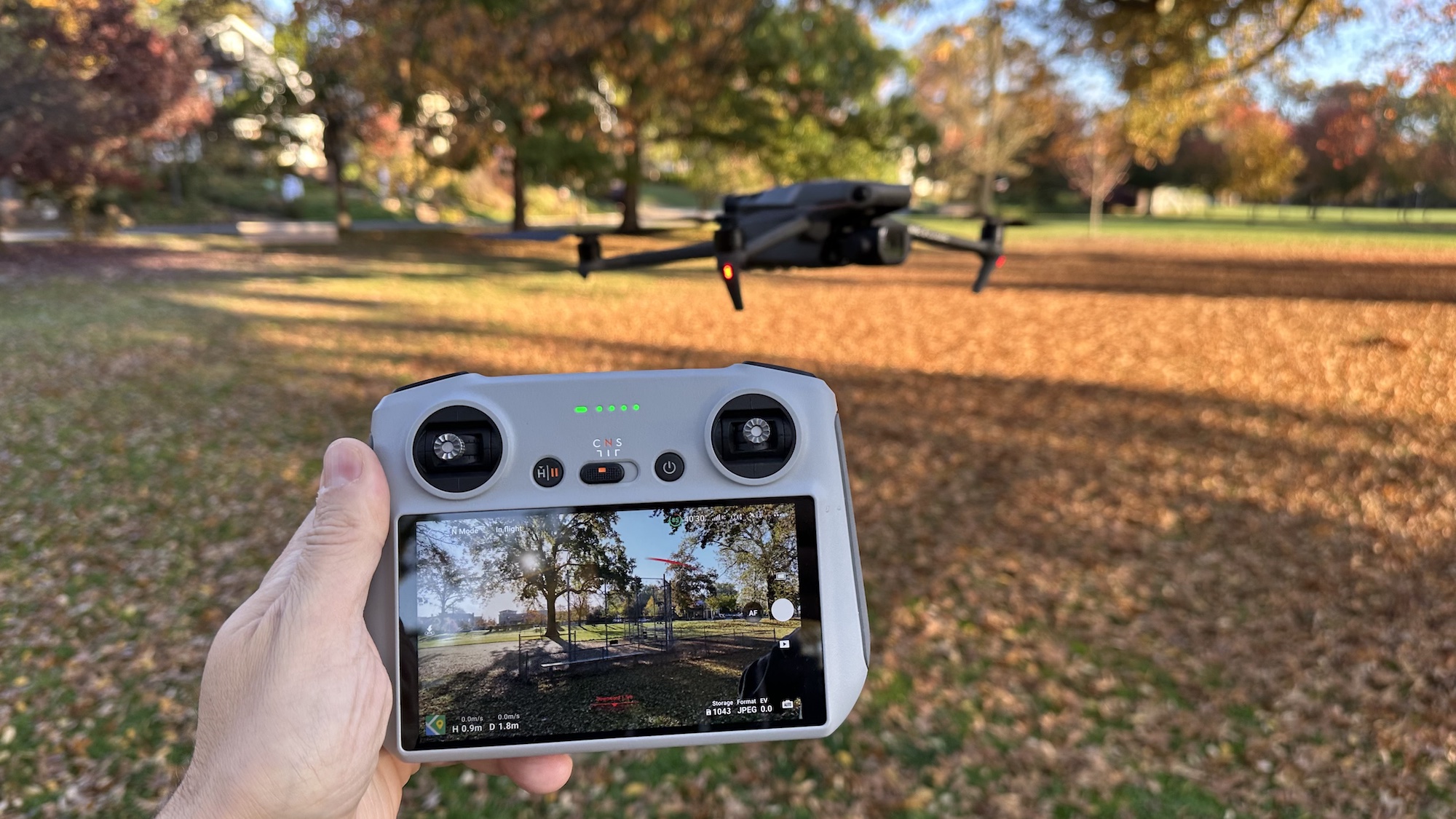
DJI Mavic 3 Classic review: Image and video quality
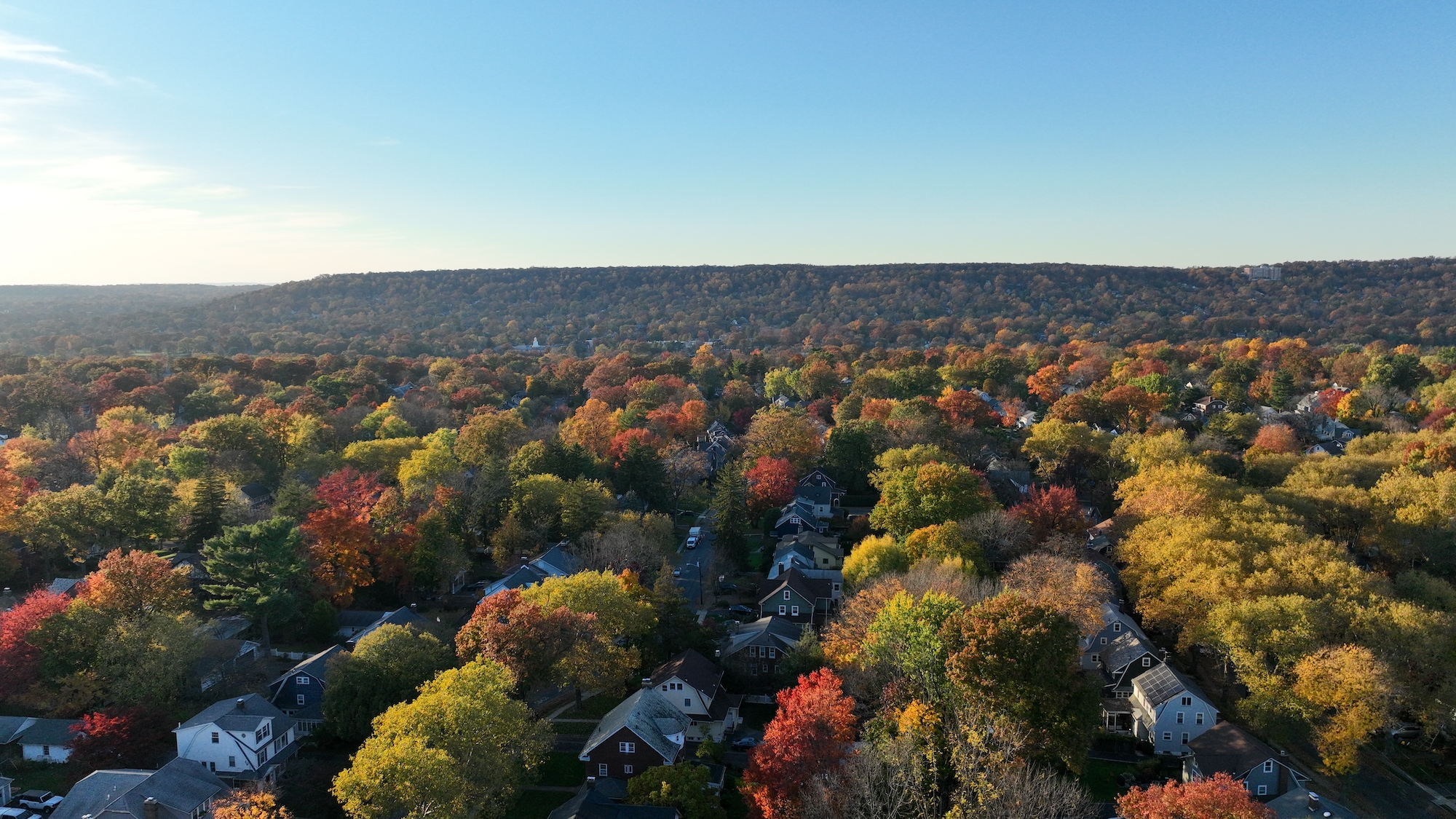
As mentioned, the Mavic 3 Classic has just one camera, but it’s a pretty impressive 4/3 CMOS Hasselblad sensor with a 20MP resolution. The Mavic 3 has a secondary 1/2-inch CMOS (12MP) sensor that’s used as its digital zoom lens.
The Mavic 3 Classic’s camera has a 4-degree field of view, 24mm-equivalent lens with an aperture range of f/2.8 to f/11; the fact that you can adjust the aperture gives you a much greater degree of control than you’ll find with other drones. The ISO goes from 100 to 6400, but as with most other cameras, you start to see a lot of graininess at ISO 3200 and higher.
It’s capable of shooting video at a resolution of up to 5.1K (24/25/30/48/50 fps) as well as 4K (24/25/30/48/50/60/120 fps).
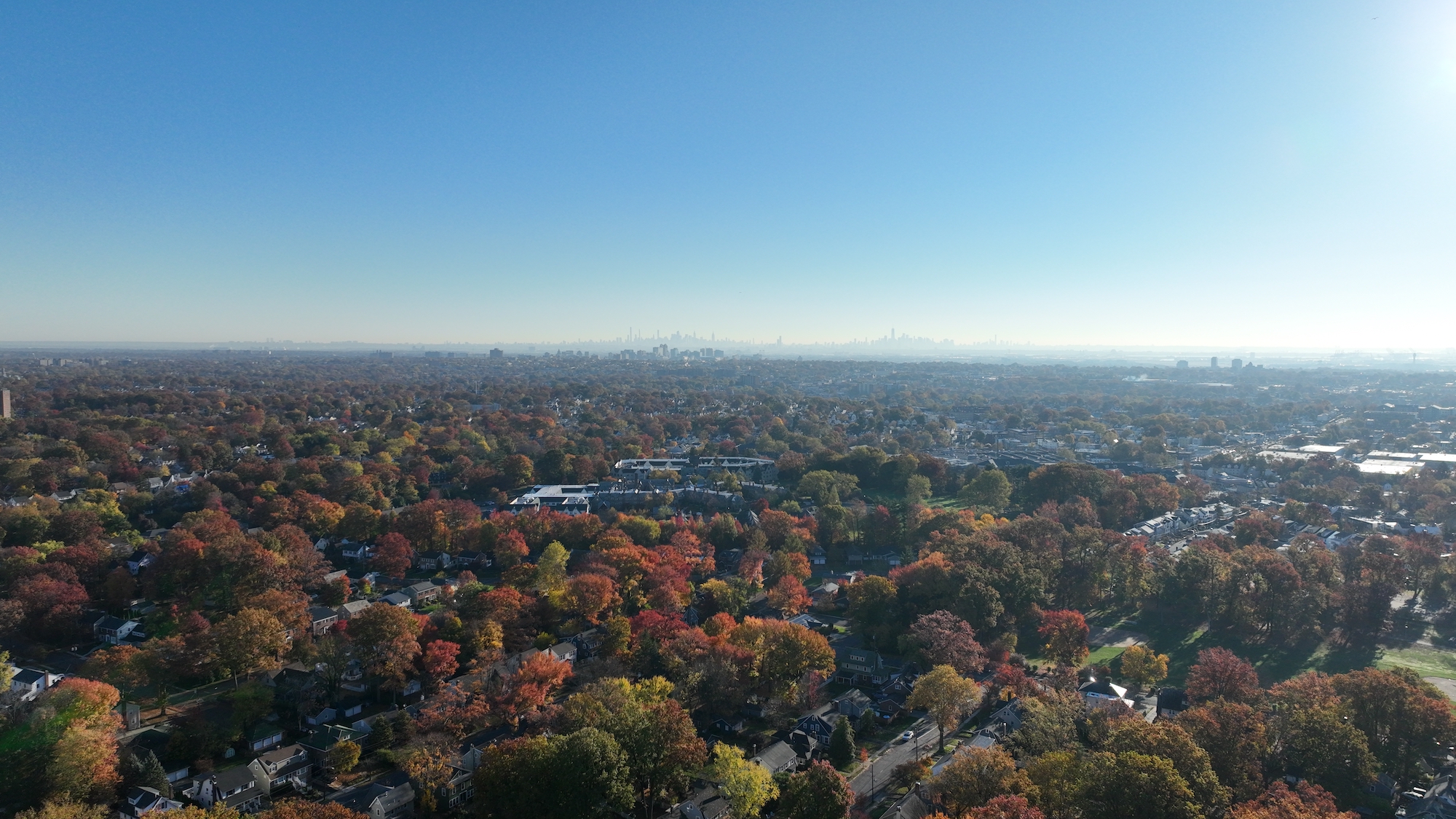
I took the drone out to fly during a few crystal-clear fall days; just as with the Mavic 3, video and photos from the Classic were crisp and colorful. The reds, yellows, and browns of the autumn foliage really popped against the bright blue sky. And, the footage was so sharp that I could make out individual leaves.
Thanks to its three-axis gimbal, the footage was incredibly smooth, too, as if the drone were mounted on a rock.
I didn't really miss the 28X digital zoom, which, in retrospect, seems like more of a gimmick than a feature that videographers would clamor for. The 4X digital zoom was plenty good enough for me to get a good close-up look at New York, which was a good 15 miles away.
DJI Mavic 3 Classic review: Flight time
With each successive model, DJI has continually improved the flight time of its drones; According to DJI, the Mavic 3 Classic can stay aloft for a truly impressive 46 minutes (41 while hovering). That’s nearly 10 minutes longer than the Mavic Air 2. That extended flight time really makes a difference in letting you fly it longer and really get the shot you want. I’d still recommend picking up an extra battery or two, though.
The Mavic 3 Classic’s flight time lived up to its billing, staying aloft for around 40 minutes; it gave me a return-to-base warning when there were about five minutes left of flight time.
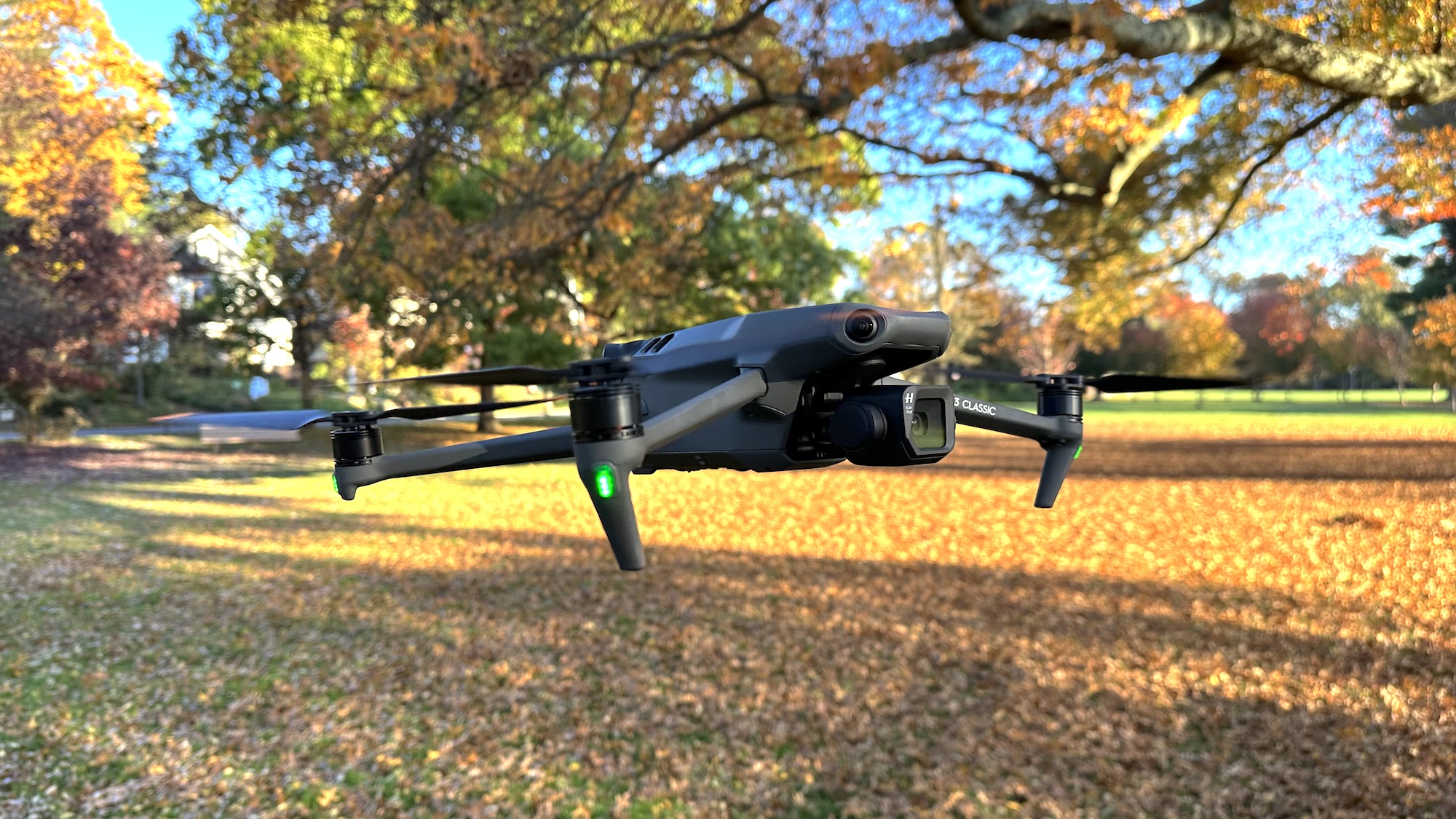
DJI Mavic 3 Classic review: Features and performance
Compared to the Mavic 2 Pro and Mavic Air 2, there aren’t any new flight modes in the Mavic 3 Classic. Like its predecessors, the Mavic 3 Classic can lock onto a subject, and then fly several pre-set patterns, keeping the object in the center of the frame.
However, object-tracking has been improved: the Mavic 3 Classic is better at following subjects regardless of how they’re moving and, according to DJI, its algorithms are also able to respond faster to subjects’ movements. Also here is the really clever ability for the drone to keep tracking you even if you go out of view for an instant, such as if you walk behind a tree.
Object tracking continues to work well on the Mavi 3 Classic; the drone faithfully followed me around a field, and even kept tabs on me if I ducked behind a tree for a moment. I especially appreciated the drone’s omnidirectional obstacle-avoidance sensors, which kept the Mavic 3 Classic from crashing into branches as I walked through a copse of trees. However, there are limits: The Mavic 3 Classic couldn’t lock on to my daughter, who stands about 3 feet tall. Just as well, perhaps.
The Mavic 3 Classic has three flight settings (Cinematic, Normal, and Sport); Sport mode will zip you along at up to 43 miles per hour, while Cinematic mode slows things down to a stately 11 MPH.

DJI Mavic 3 Classic review: Bottom line
The $1,499 DJI Mavic 3 Classic addresses a pretty big hole in DJI’s drone lineup. Prior to its launch, the company had a sizable gap between the $999 DJI Air 2S and the $2,049 Mavic 3. The biggest sacrifice is its 28X digital zoom, but that’s no great loss for most, and videographers on a budget will still enjoy its 4/3 camera sensor and amazing flight time. Could this be the new best drone for videographers?
I still think that the DJI Mavic 3 Classic will most likely be overkill for those who simply want a drone to fly around and have a bit of fun with; those fliers would be better served with the Air 2S, the Air ($799), or the Mini 2 ($449).
But if you’re looking for the highest-quality video and the longest flight time in a drone that’s less than $2,000, then the Mavic 3 Classic is the drone to get.

Michael A. Prospero is the U.S. Editor-in-Chief for Tom’s Guide. He oversees all evergreen content and oversees the Homes, Smart Home, and Fitness/Wearables categories for the site. In his spare time, he also tests out the latest drones, electric scooters, and smart home gadgets, such as video doorbells. Before his tenure at Tom's Guide, he was the Reviews Editor for Laptop Magazine, a reporter at Fast Company, the Times of Trenton, and, many eons back, an intern at George magazine. He received his undergraduate degree from Boston College, where he worked on the campus newspaper The Heights, and then attended the Columbia University school of Journalism. When he’s not testing out the latest running watch, electric scooter, or skiing or training for a marathon, he’s probably using the latest sous vide machine, smoker, or pizza oven, to the delight — or chagrin — of his family.
